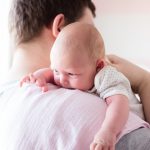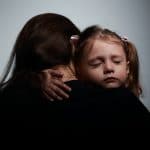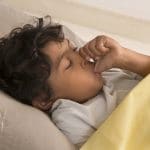
Head lice: what they are and how to treat.
Head lice are very common in every culture no matter how clean or careful we are. Do not feel that you or your children have done anything wrong if you find these irritating creatures in your child’s hair. Head lice are found wherever there are children and are passed through the close contact involved in play. Play is the healthy activity that all children need to learn, socialize and practice for life as a grown up. Unfortunately, wherever kids play there will be head lice.
There is some evidence that clean hair is the preferred environment for lice and that having them is really a sign of cleanliness and that your child plays well with others!
What are head lice?
Head lice are tiny six-legged insects that cling to the scalp and neck and feed on human blood. Each louse is about the size of a sesame seed and can be hard to spot. Lice eggs, called nits, are glued onto hairs near the scalp and can be even harder to see.
How to spot the signs of head lice
Although lice and their nits are small, they are visible to the naked eye. Head lice can be white, brown, or dark gray. They are most often found in the hair at the back of the neck or behind the ears. The nits are round or oval specks that are tightly glued to hairs near the scalp. If you try to slide the nits off, they won’t budge. Research suggests combing through wet hair is an ideal way to spot an infestation. Alternatively you may want to comb your child’s hair over some paper. If your child is infested you will quickly find tiny dark shapes on the paper.
Symptoms of lice do not stop with spotting them. Lice often cause itching. If your child is scratching their head a lot you should check the cause. It may be lice, in which case you should go on and treat in the way described below. If it’s not lice be sure to look for skin rashes or signs of disease such as eczema.
How to treat head lice
- First you must inform your child’s school and any parents of children that play with your child regularly. There is no point in treating your child for them to get re-infested straight away when they next play or go to school.
- Encourage your child to keep their heads away from other kids’ hair if you can – this will be hard but if possible your children can take great steps in controlling future infestation.
- All of the family should be treated for best outcome and this will stop the lice just moving around from person to person
- Buy a lice comb and use this to comb out any nits as well as well as the lice.
- Wash bed linen and clothes in a hot wash and do this in one load or on the same day as far as possible.
- Use a reputable head lice remedy from the pharmacy or ask your doctor for a prescription.
Medicines and how to apply and treat
You can find lice-killing treatments over the counter. They are made from extracts of chrysanthemums or a synthetic version that is similar. They are considered safe, but they may not be recommended for young children. Sometimes lice are resistant to these. Speak to your doctor about whether the lice in your area are resistant to these drugs. No matter what you treat with, follow instructions on the label carefully for how long the medication should be left on the hair and how it should be washed off. A second treatment may be needed 9 to 10 days later.
Head lice have often been the subject of derision and shame. This is plain wrong and there is no truth to myth that head lice like dirty people. They are just a fact of life and must be dealt with in a mature and sensible manner.







